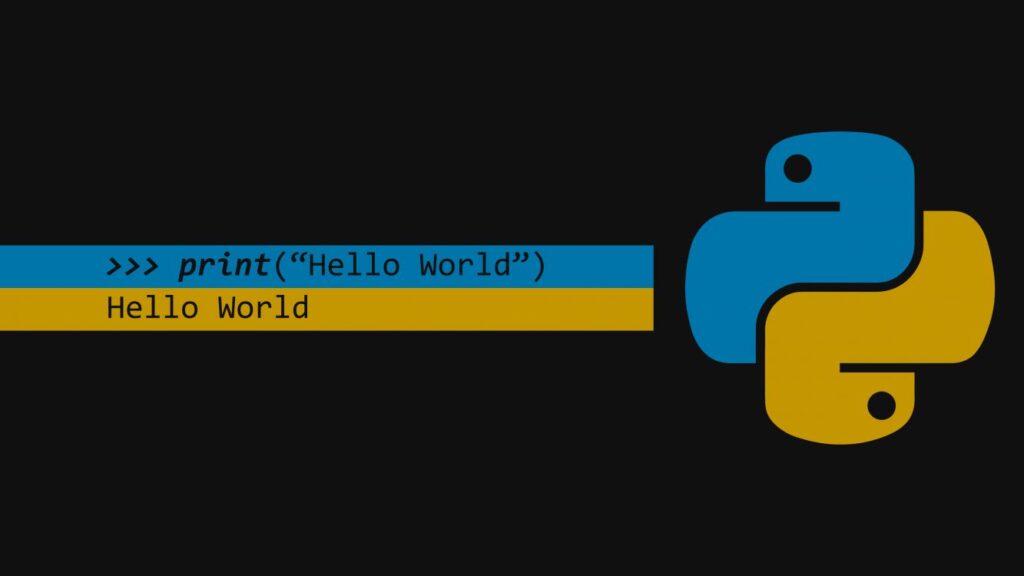Behavioral Design Patterns in Python: A Guide to Flexible and Reusable Code

Learn how to use Behavioral Design Patterns to create code that is easy to understand and maintain.
Behavioral Design Patterns are a way to create code that is easy to understand and maintain. They provide a way to define how objects interact with each other or how they should behave in certain situations.
There are twelve main types of Behavioral Design Patterns:
Chain of Responsibility pattern
The Chain of Responsibility pattern is a design pattern that allows a group of objects to handle requests, each capable of handling a subset of proposals. This pattern decouples the client from the thing that takes the request, allowing for a flexible and extensible way to handle requests.
Command pattern
The Command pattern is a design pattern that encapsulates a request as an object. This pattern decouples the client from the receiver, allowing for a more flexible and reusable way to handle requests.
Interpreter pattern
The Interpreter pattern is a design pattern that allows you to interpret a language. This pattern decouples the language’s grammar from the code that solves it, allowing for a more flexible and reusable way to solve languages.
Iterator pattern
The Iterator pattern is a design pattern that allows you to iterate over a collection of objects. This pattern decouples the client from the group, allowing for a more flexible and reusable way to iterate over arrays.
Mediator pattern
The Mediator pattern is a design pattern that allows you to decouple objects that communicate with each other. This pattern decouples the objects from each other, allowing for a more flexible and reusable way to design systems.
Observer pattern
The Observer pattern is a design pattern that allows you to define a one-to-many relationship between objects. This pattern decouples the objects from each other, allowing for a more flexible and reusable way to design systems.
Strategy pattern
The Strategy pattern is a design pattern that allows you to define a family of algorithms and select the algorithm at runtime. This pattern decouples the client from the algorithm, allowing for a more flexible and reusable way to design systems.
Template Method pattern
The Template Method pattern is a design pattern that allows you to define an algorithm’s skeleton and leave some steps to be implemented by subclasses. This pattern decouples the algorithm from the implementation, allowing for a more flexible and reusable way to design systems.
State pattern
The State pattern is a design pattern that allows you to define a state machine. This pattern decouples the client from the state machine, allowing for a more flexible and reusable way to design systems.
Visitor pattern
The Visitor pattern is a design pattern that allows you to define an operation that can be applied to a group of objects. This pattern decouples the process from things, allowing for a more flexible and reusable way to design systems.
Memento pattern
The Memento pattern is a design pattern that allows you to save the state of an object. This pattern decouples the client from the thing, allowing for a more flexible and reusable way to design systems.
Null Object pattern
The Null Object pattern is a design pattern that allows you to represent the absence of an object. This pattern decouples the client from the thing, allowing for a more flexible and reusable way to design systems.
Conclusion
Behavioral Design Patterns are a valuable tool for software developers. They can help you to write better, more maintainable code by providing a way to define how objects interact with each other or how they should behave in certain situations.